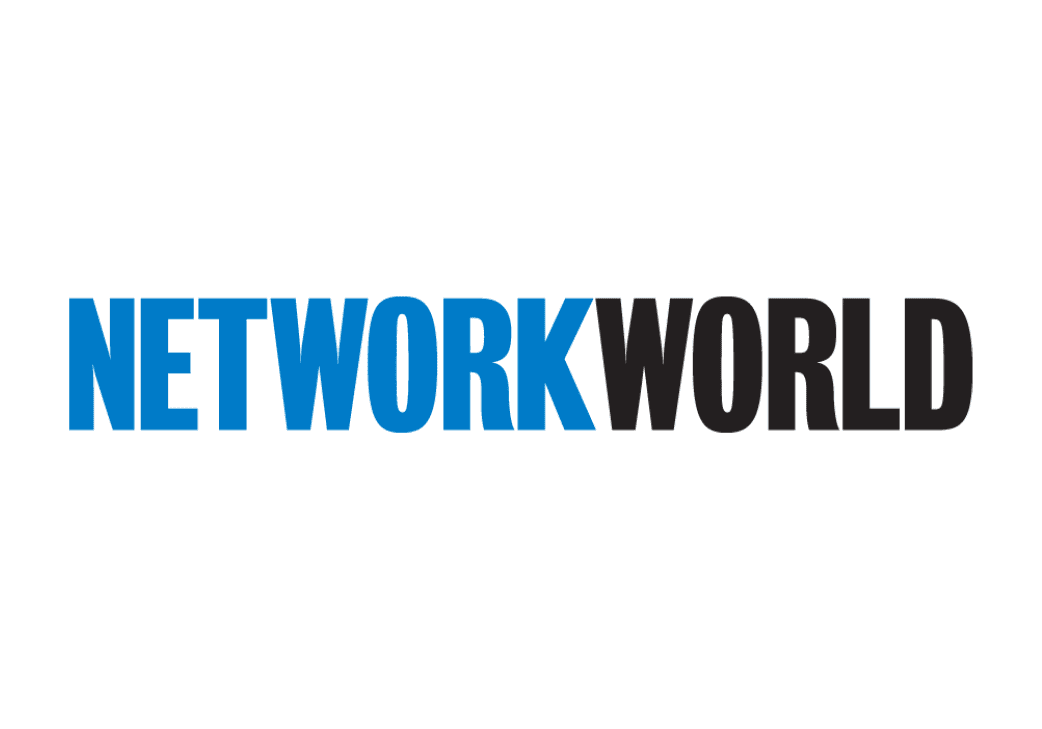
These days, it seems like there are two kinds of employees – those who work from home at least part of the time and those who want to.
According to consultancy Global Workplace Analytics, 3.7 million employees (2.8% of the U.S. workforce) currently work from home at least half the time, but a whopping 80% to 90% say they would like to.
When you throw freelancers and other virtual workers into the mix, the percentage shoots up to 46%, according to the Society for Human Resources Management. And in a survey at the Global Leadership Summit in London, over a third (34%) of business leaders said more than half their company’s full-time workforce will be working remotely by 2020. On the flip side, in a study by Ernst & Young, a lack of workplace flexibility was cited as a top factor for quitting a job among 66% of Millennial-age respondents. In fact, Millennials cited work flexibility as a top job attribute, just after competitive pay and benefits.
Thankfully, telecommuting has gotten easier over the years, with new technologies continuously emerging to keep employees connected with each other, clients and the home office. Beyond the normal network connectivity and access to business systems used in remote work locations, here are a few additional tips for staying tuned in from home.
1. Speak up during conference calls
Working remotely makes it all the more important to be vocal during group meetings, says Ken Piddington, CIO at MRE Consulting. “For the typical conference call meetings, make sure all in attendance know you are on the call and participating in a meaningful way,” he says. “Don’t just sit there and listen. You must be an active contributor.”
If you want to be visible as well, consider using a video conferencing service like Adobe Connect, which allows an unlimited number of participants to be on a call simultaneously, says Ashley Leonard, CEO and president of Verismic Software. “Many video conferencing services also offer the ability to screen-share documents, images and even your desktop,” he says.
2. Check-in regularly with co-workers
In addition to formal meetings, Piddington also suggests building less formal approaches into your schedule to establish ongoing communications. “Set time in the morning and the end of day for informal check-ins with various co-workers,” he says. “This helps to stay connected to what is going on in the office and enhances your relationship with your co-workers.
3. Look to the cloud for collaboration
Services like Dropbox, Evernote, Hightail and others have made it easier than ever to share documents for collaboration. Additionally, according to Leonard, project management programs can connect groups of remote workers to keep everyone current on what is getting done. He recommends Glip, a team productivity app that allows home-workers to chat with coworkers, create and manage task lists, schedule meetings and events, share files and videoconference.
“Through task management lists, it clearly lays out what everyone’s role is, which helps to eliminate any confusion over who should be accountable for certain aspects of a project,” he says.” Such time-saving tools “boost productivity in a way that rivals any other method.”
Pulse Infomatics, an applications development and IT consulting provider, uses Glip for collaborative discussions with employees, all of whom work remotely, according to company founder Matthew Moran. While Moran relies on a variety of tools for collaboration, including Google Drive for long-form documents and Google Calendar, he prefers Glip over Google Chat for online discussions. “I don’t want to be on public chat all day,” he says. “The only ones who see you’re online are part of the organization, so you don’t get interrupted as you would on or Facebook.”
In addition to online discussions, Moran’s team uses the app (which he says is similar to other team communications apps such as HipChat and Slack) for videoconferencing, screen-sharing and file sharing. Pulse also invites clients into discussions through Glip and holds weekly video chats with each client.
With so many collaborative apps available, “We move between tools based on what we need to do,” he says. “If we need to share code, we might post it on Github or copy/paste it into Glip.” The company also uses Teamviewer for screen-sharing, as well as Smartsheets, which Moran describes as a cross between a spreadsheet and a project management tool. He particularly likes that the application enables automated notifications of tasks that need to be done via alerts sent to people to whom the tasks are assigned.







